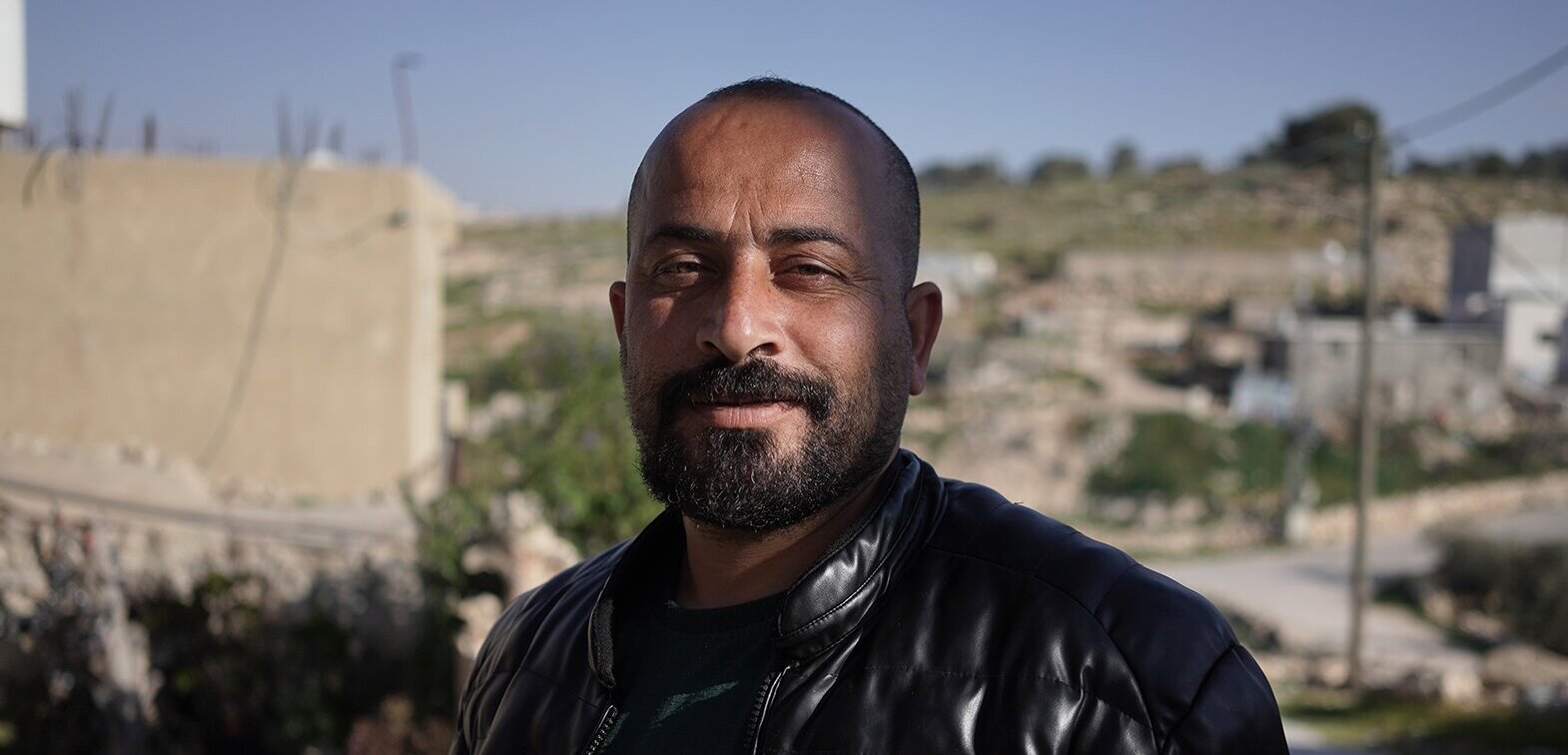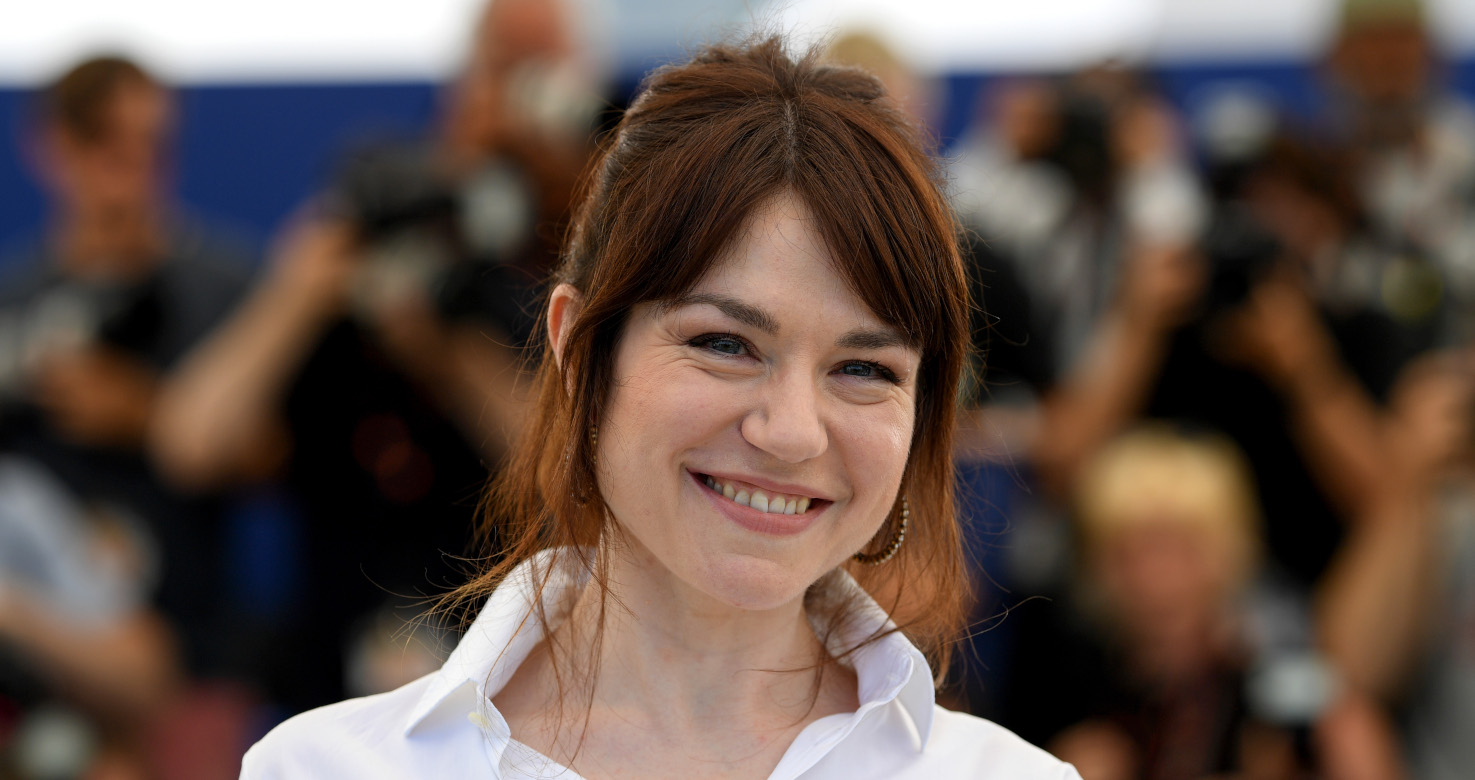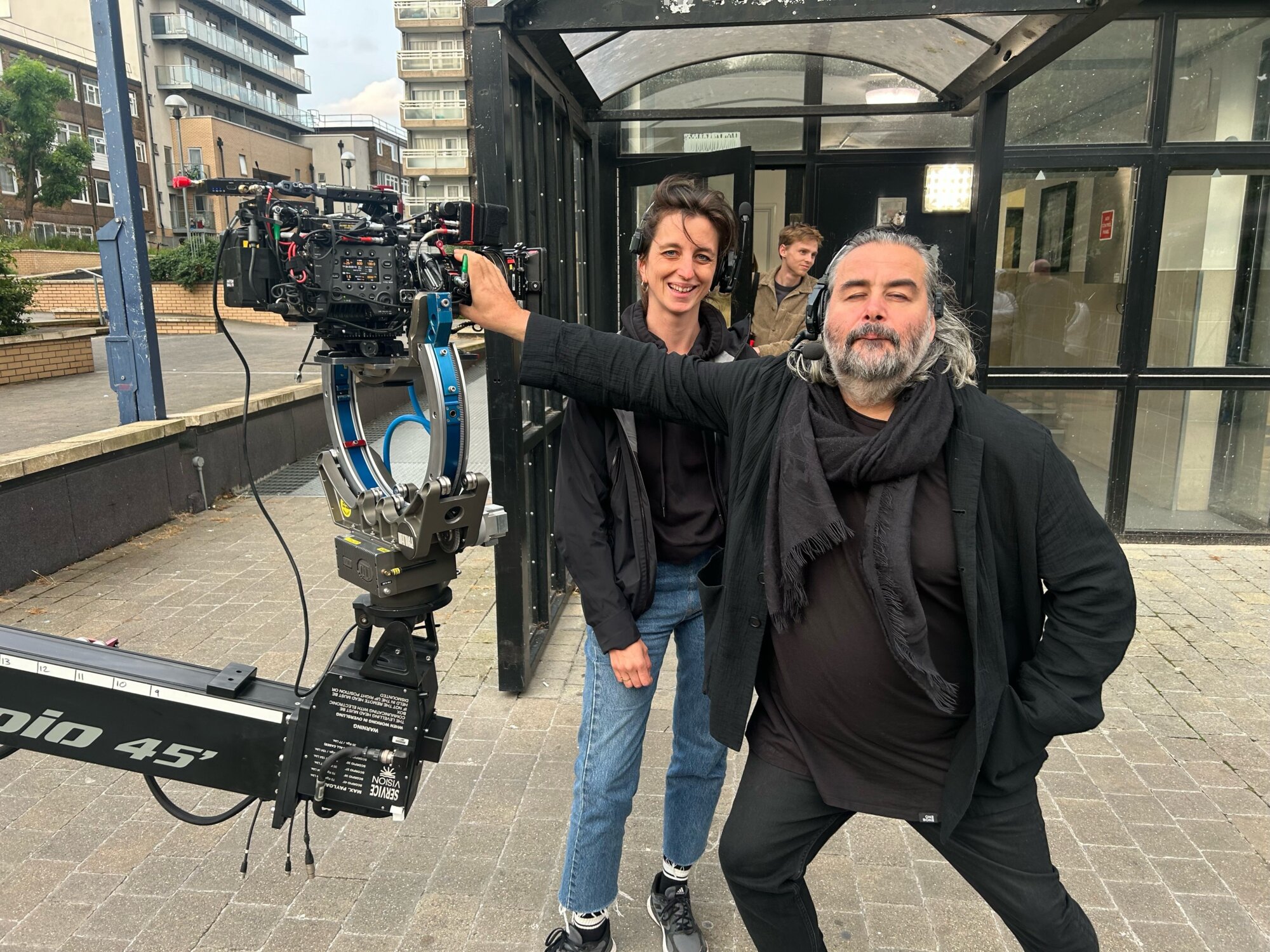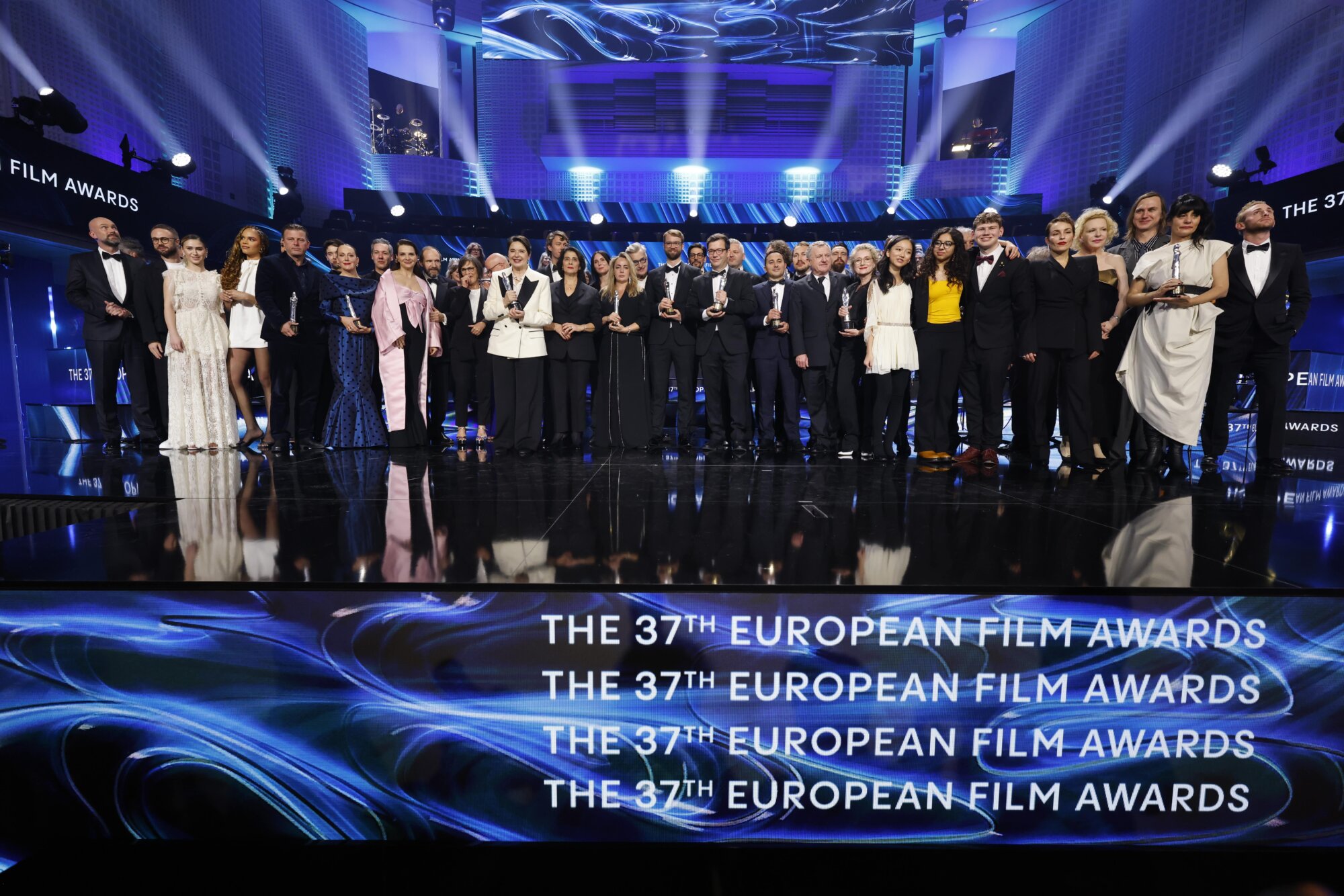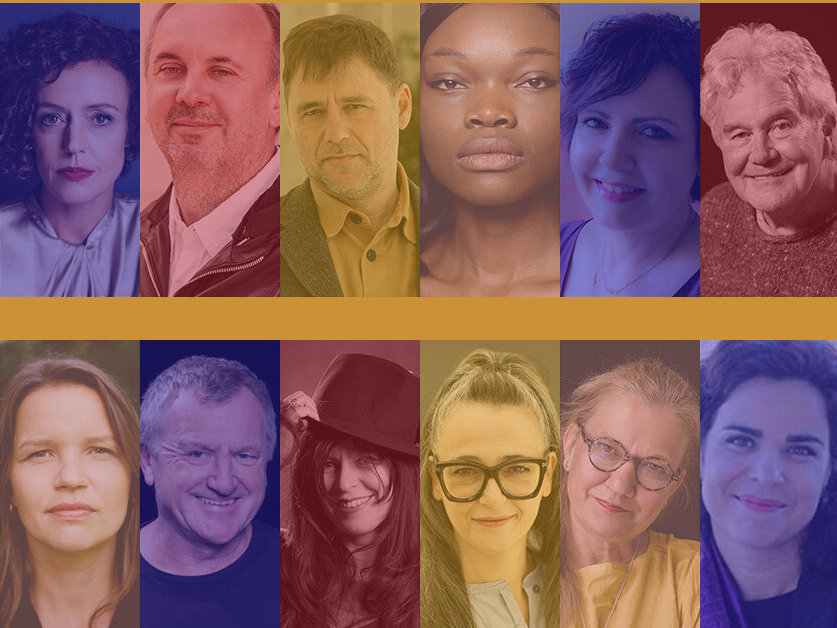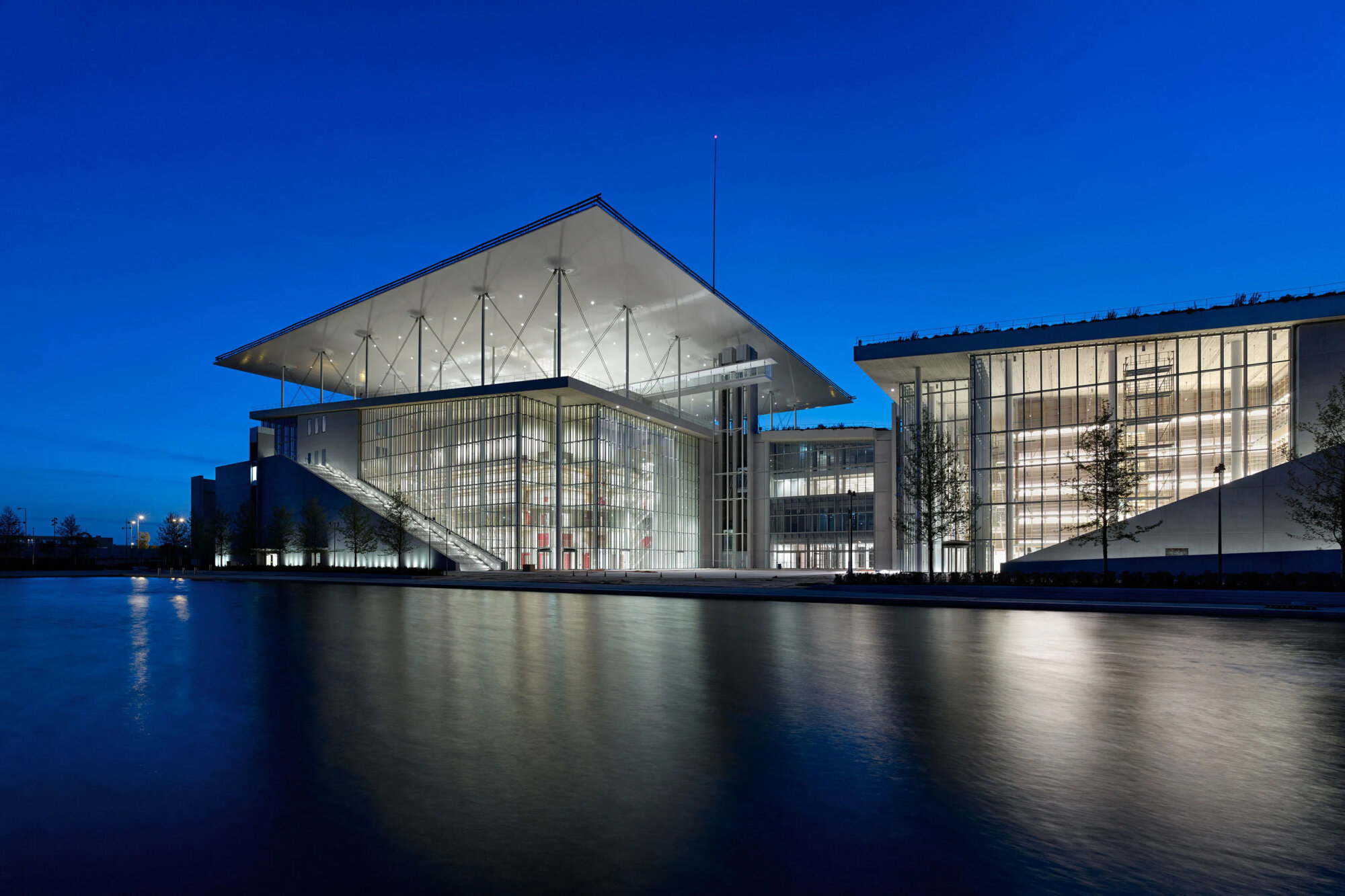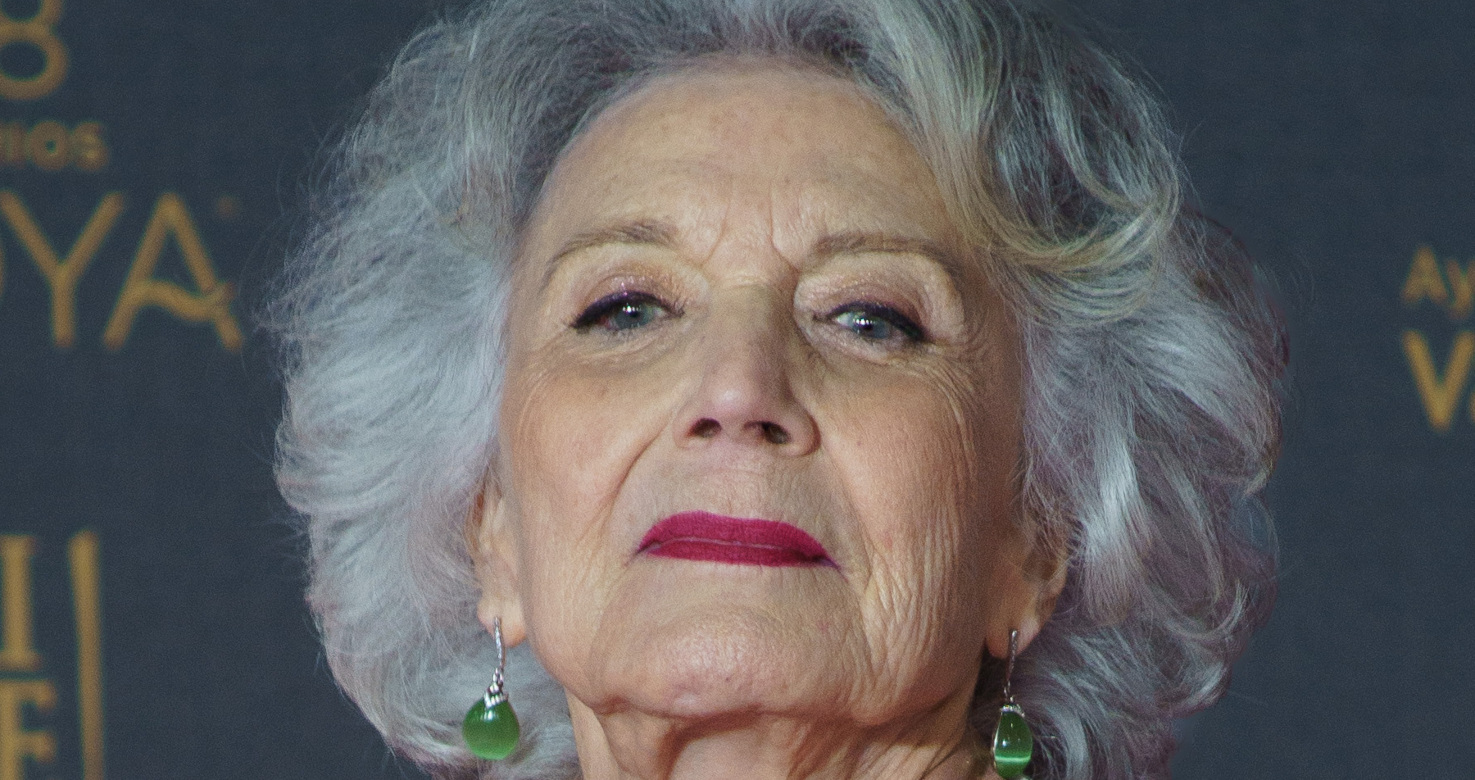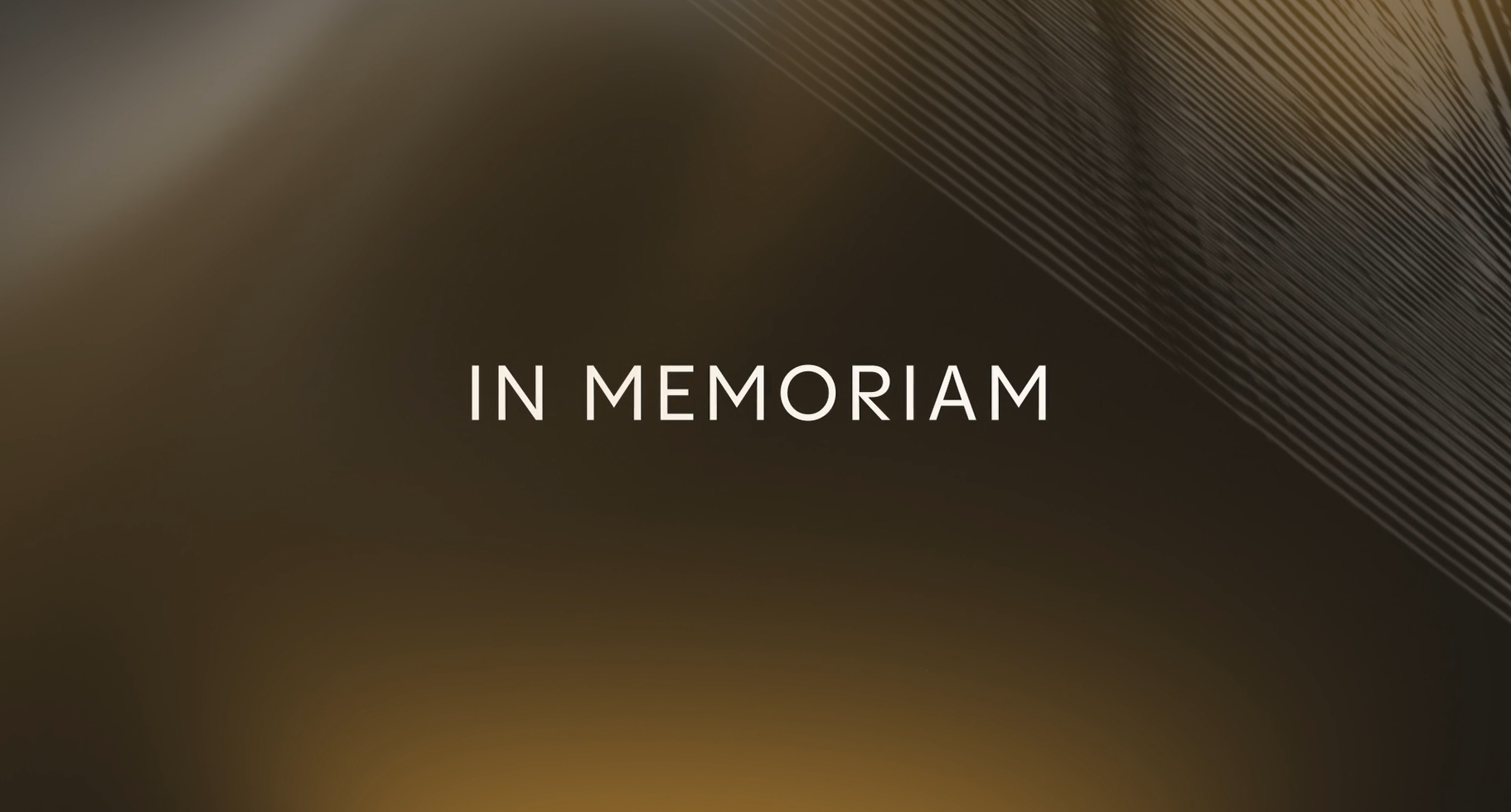_UNDERSCORE
Ushtipe – Entry Point:
Romani Filmmakers
_UNDERSCORE
Ushtipe – Entry Point:
Romani Filmmakers

by Katalin Bársony
We live in a culture dominated by moving images. What we see on our televisions, in our cinemas and on our computer screens and mobile phones has a profound influence on our attitudes and behavior. The images and information thus brought into our homes each day shape our understanding of the world around us. It is therefore crucial that we closely examine how these images impact our perceptions of the cultural, ethnic and religious, age, and gender diversity of our societies. In Europe today this is particularly important as we confront racism, xenophobia and right-wing extremism.
Not every Romani, Gypsy, Traveler, Gen de Voyage, Kale, Ciganos, Lovara, Romanichal, Colara, Drizara, Khelderara, Bojas, Gurbeti, Rumungro, Sinti, Carpaticko Roma [1] artist has had the courage to publicly embrace their ethnicity. Our film community has been grateful each time an artist has felt safe enough to disclose their Romani heritage. Most of the artists in this short summary are first generation intellectuals coming from Romani communities in Bulgaria, France, Hungary, Kosovo, Portugal, Romania, Slovakia, Spain, Sweden, Ukraine, and the United Kingdom.
Important actors like Yul Brynner (US) or Michael Caine (UK) during their professional careers had the courage to acknowledge that heritage. In 1979, in his speech with Natalie Wood presenting the Oscar for Best Foreign Language Film, Yul Brynner spoke in Romani language for the first time in the history of the Oscars. Producer Judit Stalter has also embraced her heritage. She is mostly known for her ground-breaking Holocaust drama, SON OF SAUL (2015), which won the Oscar for Best Foreign Language Film. She is the first Romani woman to win an Academy Award as a producer.
Ushtipe (entry point in Romanes) refers to this first appearance of Romani film authors in a European film context.
Charlie Chaplin’s granddaughter Carmen Chaplin is currently directing the film CHARLIE CHAPLIN, A MAN OF THE WORLD (Spain, 2024) about her grandfather’s Romani heritage. The story develops around a letter discovered after Chaplin’s death that brings light to his Romani Gypsy Traveler heritage, including details about his place of birth. His family must now confront that heritage and the complexity of experience that shaped the life of one of the greatest storytellers of all times.
Romani artists and professionals claiming their heritage is an important part of the development of a modern visual identity. Motion pictures have the potential to shape group identities, conceptualise the essence of marginalisation through carefully selected images and, at the same time, empower those previously oppressed by providing a platform to shape counter- narratives and articulate one’s own position.
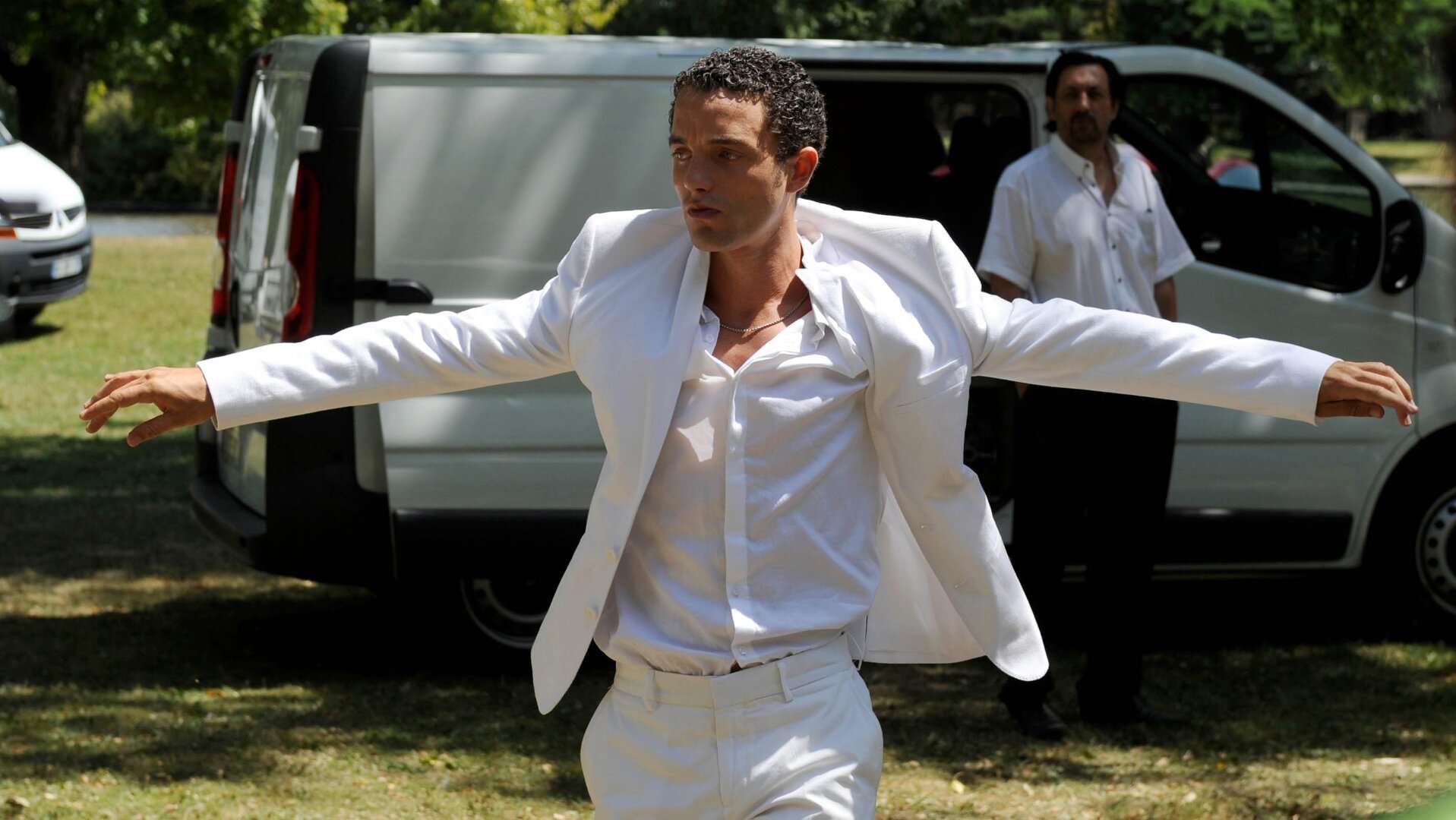
The diversity of Romani directors mirrors the diversity of Romani groups in Europe today. The stories they tell us show that diversity, the different languages they speak, the varied narratives they employ, all help present the shared history of the past 500 years. Artists in this selection have very little connection between one another and are rarely able to sit together in one room. They are separated by physical distance and by the lack of institutional support for their endeavors. Most of these films are based on personal experiences of trauma, exclusion, indifference, lack of information, or being non-compliant with the rules and traditions of Romani culture.
Tony Gatlif (LATCHO DROM, France, 1993) is a French director of Algerian Romani origin who uses Roma-related topics in many of his films and was the first film professional in mainstream cinema who publicly identified himself as Roma in Europe, calling attention to the importance and absence of Romani self-representation. Many of his earlier works involved motifs of Romani culture and analysed Roma as well as non-Roma intercultural dialogues and connected various Romani groups through the lens of his camera.
Catalan Kale Romani filmmaker Yago Leonard‘s film EL PAYO CHAC (Spain, 2011), tells the story of Jacques Leonard, his grandfather, a Manush Romani man, who started his filmmaking career in the Gaumont Studios during the 1950s in Paris. He was an actor, an editor and a cameraman. Later, during his travels around the world, Leonard made films such as PARADIS PERDU. (France, 1940) He eventually settled in Barcelona and married a Romani woman. The documentary contains unique black-and-white images taken by Jacques Leonard himself. The images depict a bygone era of Romani life in Catalonia. These images are free from the exoticising tendencies that many other photographic records of Romani people at the time indulge in.
In the past decades, films about Roma people strove to move beyond an exoticising and victimising imagery and towards diverse narratives, rendering reflexive and constitutive views.
Teddy Luis Modeste is among the first French Romani (Gens de Voyages) to finish a competitive film school and start directing feature films. In his film JIMMY RIVIÈRE (France, 2011), the protagonist, a French-Roma, rebels against the conventional religious order of his own community. The conflict begins when Jimmy is subordinated to the law of endogamy in a Christian French-Roma community. He is expected to leave behind his favourite sport, Thai Boxing, and his Muslim girlfriend, at the request of his community.
While many of the artists in this selection here were lucky to have supportive families that imbued them with Roma culture, some of our film community members come from the state care system. (It was a common experience in Romani groups, especially in Eastern- Europe during socialism, that their children would be institutionalised due to poverty.) Their incredible genius allowed them to start filmmaking careers and rise through the ranks. Their works are among the greatest achievements presented here. Árpád Bogdán’s coming-of-age film, HAPPY NEW LIFE (Hungary, 2007) follows a traumatised young Roma man’s profound identity crisis. The protagonist’s life is anything but happy as he confronts the file the state orphanage kept about his biological origin and family history in the state care system. This film is also a »view from inside« because Árpád Bogdán himself is a multi-talented actor and artist who was raised in an orphanage.
While the democratisation of film production opened up the possibilities for young Romani directors to explore and present our communities on screen, Leonor Teles was the first Romani woman with a film school background to win at Berlinale with her short film, BATRACHIAN’S BALLAD (Portugal, 2016), which was her second short film just after finishing film school in Portugal. Her approach is unique: Teles combines elements of Portuguese traditions and her family heritage in the film; the director then consciously involves the viewer in the pop art that she is creating, but also drives us through the catharsis of destroying mythical figures, ceramic frogs, that symbolise antigypsyism. By inviting action, Teles uses the film to call out the discriminatory practices and then to destroy them with symbolic violence. Finally, she constructs a more authentic self-representation of the group.
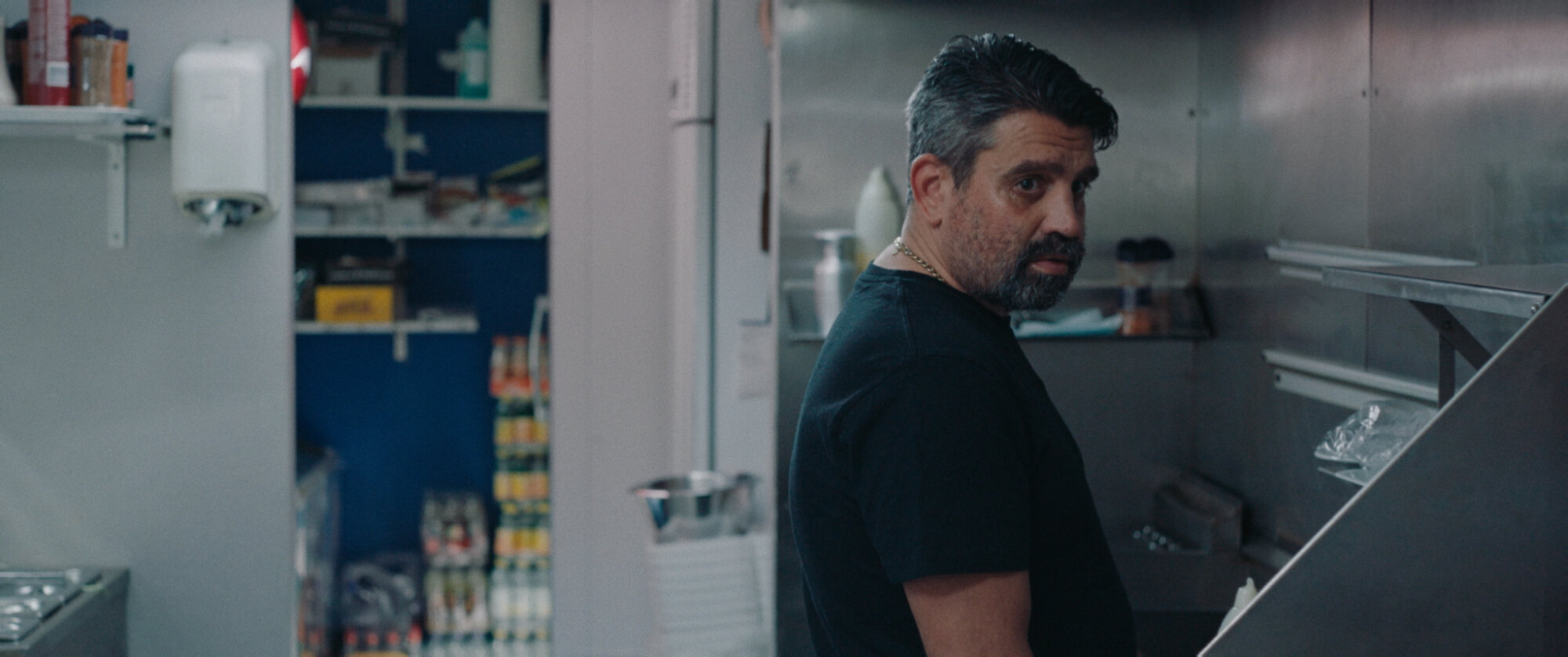
The usage of Romanes – the Romani language – in films is indicative of political and social changes in the second half of the 20th century. The first film to use Romanes was CAMELAMOS NAQUERAR (Spain, 1976), a Spanish film directed by Miguel Alcobendas and written by Mario Maya and José Heredia Maya. It was shot just a year after General Franco’s death. CAMELAMOS NAQUERAR was a play turned into a political tool in the service of a community seeking to claim its dignity. The title translates to “we want to speak” in the Caló dialect[2]. The usage of Romanes in feature films is still rare today. Romanes is little known to European audiences, but it has hidden potential. Alecio Arachi‘s short fiction film CHAVO (Sweden, 2023) is entirely recorded in Romanes. In the film, Arachi seeks to open up a discussion about identity, sexuality, origins and the burden that can arise when these are in conflict. The film’s message is revolutionary and has an internal message for the Romani community as well as for the everyday film enthusiast.
In the past decades, some films about Roma people sought to move beyond exoticising and victimising imagery, and towards diverse narratives, rendering reflexive and constitutive views. The historical drama PAPUSZA (Poland, 2013), about the first Romani woman to publish her poems in Poland during the mid-20th century, plays a decisive role in illustrating the conflict between an individual and the community. In a picturesque, black-and-white documentary style, the biopic presents Papusza, whose original name was Bronisława Wajs, as a lonely heroine.
De-constructing Roma representation in film is likely to continue and pick up momentum through the work of a new generation of Romani directors who recently entered the film industry through their documentary and feature films. Just like Alecio Arachi, Arpad Bogdan, Sami Mustafa, and Galya Stoyanova, many of them have entered the filmmaking industry from outside the traditional paths (e.g., film schools), and consequently often have a deeper activist approach to their first films.
A few examples of documentary films by Roma include Galya Stoyanova’s short PAGES OF MY BOOK (Bulgaria, 2010) or Vera Lacková’s HOW I BECAME A PARTISAN [1] (Slovakia, 2021). Lackova’s film documents her search for and exposure of Romani partisans’ stories. It is primarily based on the life of her great-grandfather; Ján Lacko, a Slovak partisan during WWII. TRAPPED BY THE LAW (Kosovo, 2015) by Sami Mustafa, a Roma filmmaker from Kosovo, shows the struggles of those separated from their family and friends by asylum laws. Over many years, Mustafa paid for the shooting out of his own meagre resources.
Another important change from the 1980s is the role of Romani directors in defining the Pharrajimos—or Romani Holocaust, a period of European history that is not well known. The short fiction film PAMYATATY (Ukraine, 2016) by Petro Rusanienko from the youngest generation of Romani filmmakers addresses the issue of the Romani sufferings during WWII through connecting the Ukrainian people to the plight of Roma. The only experimental film is CHUVIHONI (United Kingdom, 2012) by Demian Le Bas. The film includes modern art pieces painted by the artist’s mother to create a story that transcends the myths that surround Gipsy and Romani Travelers in the United Kingdom.
In 2020 renowned actress, and first-time director Alina Serban created LETTER OF FORGIVENESS (Romania, 2020). This short historical feature shows the sufferings of Romani slaves of 19th century Romania. Her debut feature I MATTER appeared at international pitching events this year and soon moves into production. The film has autobiographical elements and is written and directed by Serban. The film draws on her personal experience of attending a prestigious acting school while being in the Romanian state care system. She is constantly held back by the lack of resources and yet is able to forge artistic excellence from persistence and hope.
There is a special deepness and closeness, when Romani authors create images of their communities. The viewer has immediate access to the cultural values and original rituals. There is no need for translation and conceptualisation as the film language gives the viewer a first-hand experience of diverse heterogeneous Romani cultures, part of our common European cultural heritage.
It is thanks to wonderfully progressive producers like Léonie Bégé, Ashim Bhalla, Enguerrand Déterville, Hanka Kastelicova, Elin Klamert, Filipa Reis, Ada Solomon, Judit Stalter, Erik Winkler, Anna Zavorszky and many others that our voices are heard and our films are more often watched at various European cinemas and on VOD platforms and festivals.
I feel especially grateful that I know most of the artists mentioned here personally and that they entrusted me to share this information with you.
Katalin Barsony is a Romani director, producer and curator from Hungary. She is the author of the Film Section of the RomArchive and a member of the European Film Academy. And she directed HOW FAR THE STARS (Hungary, 2019).
[1] Romani group names are used for internal identification among the members of various Romani communities. The Roma represent a highly heterogeneous group, both linguistically and culturally, a fact which is often overlooked by the majority population. Group names are most frequently connected to the traditional profession of the group. Several group names based on a certain profession are preserved although the traditional profession has disappeared, while other Romani groups had sought for a new ethnonym. Group names are also used as ethnolinguistic markers of identity. The German Sinti, the Norwegian Tatere, the Egyptians and Ashkali in the Balkans or the Beás in Hungary are groups which oppose the denomination Roma and use instead their own endonym.
[2] Calo dialect: Caló is a dialect of Romani spoken by the Gitanos, Spanish Romani groups – Iberian Kale, who predominantly live in Spain. Caló uses Romani vocabulary with Spanish grammar.

